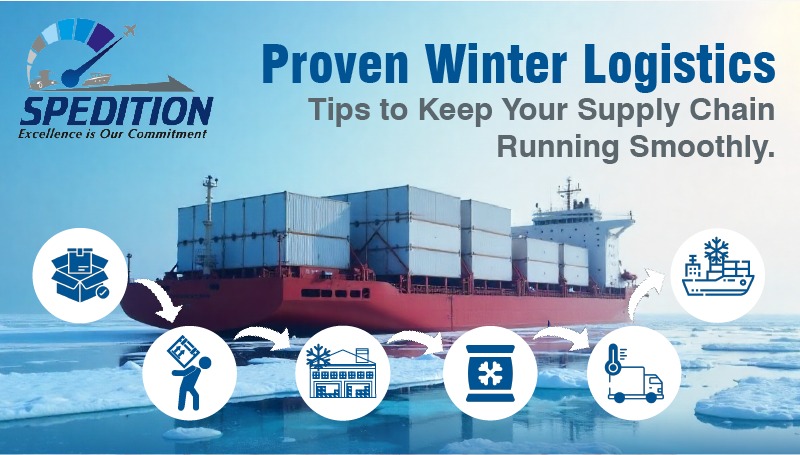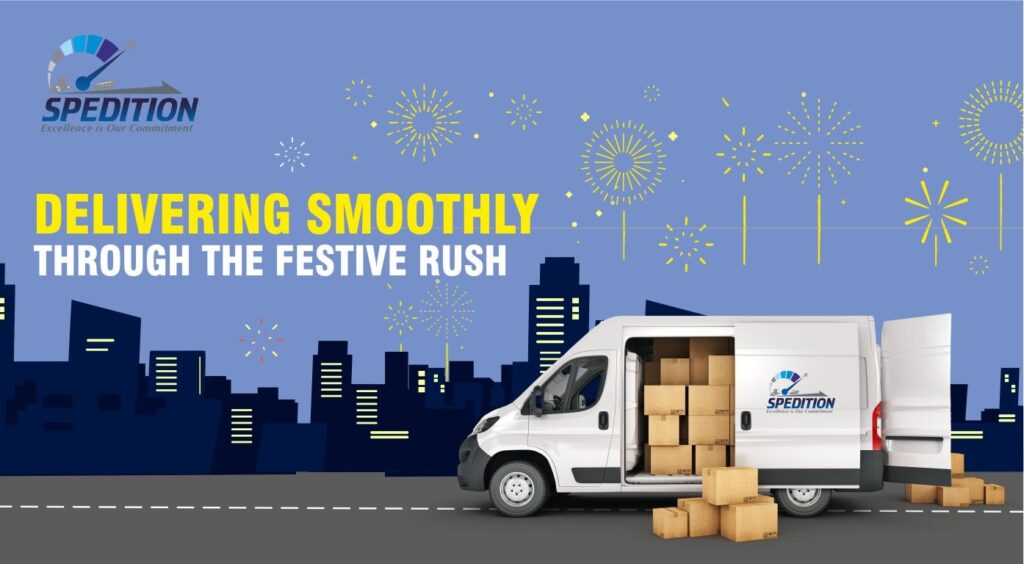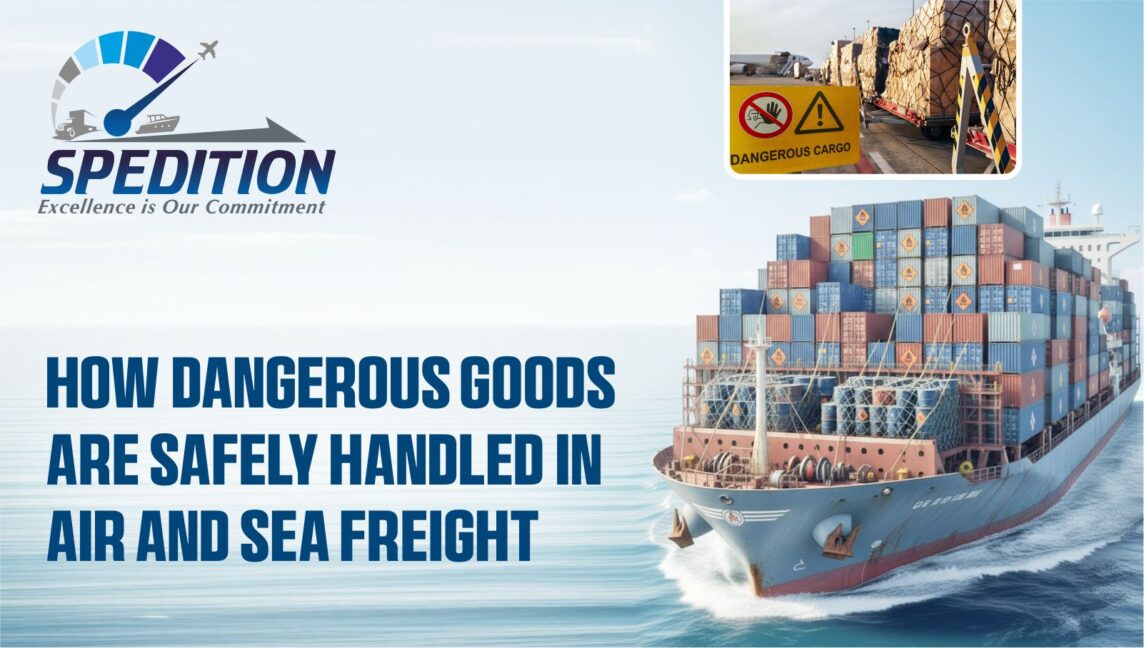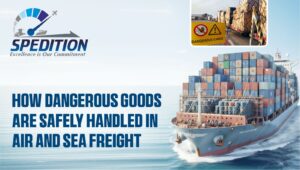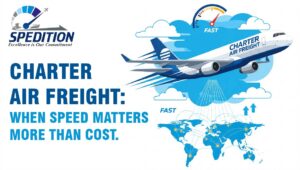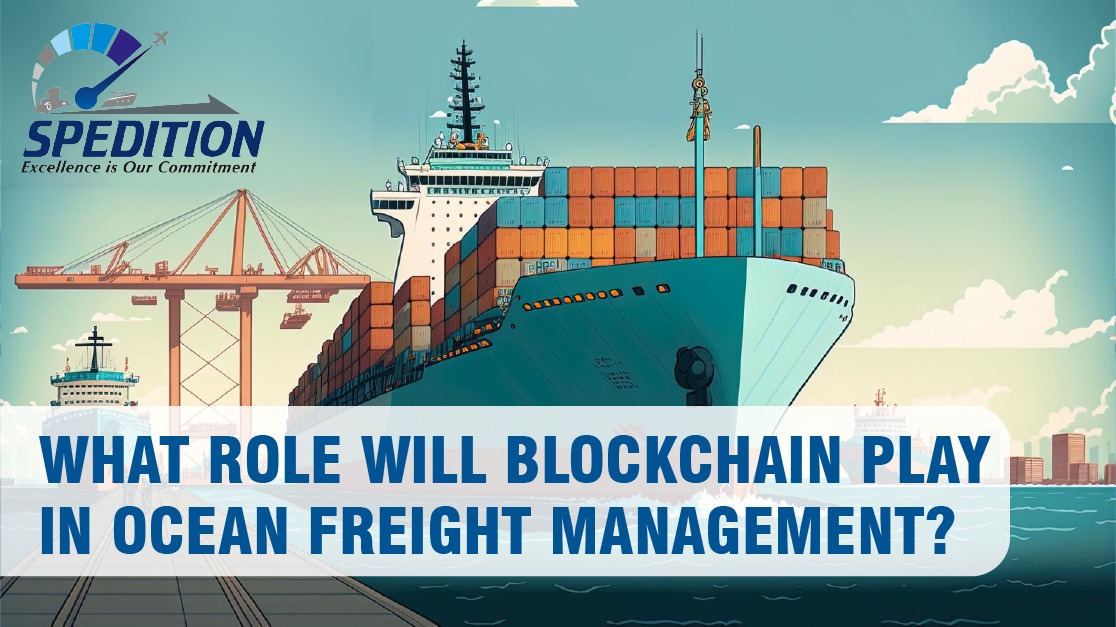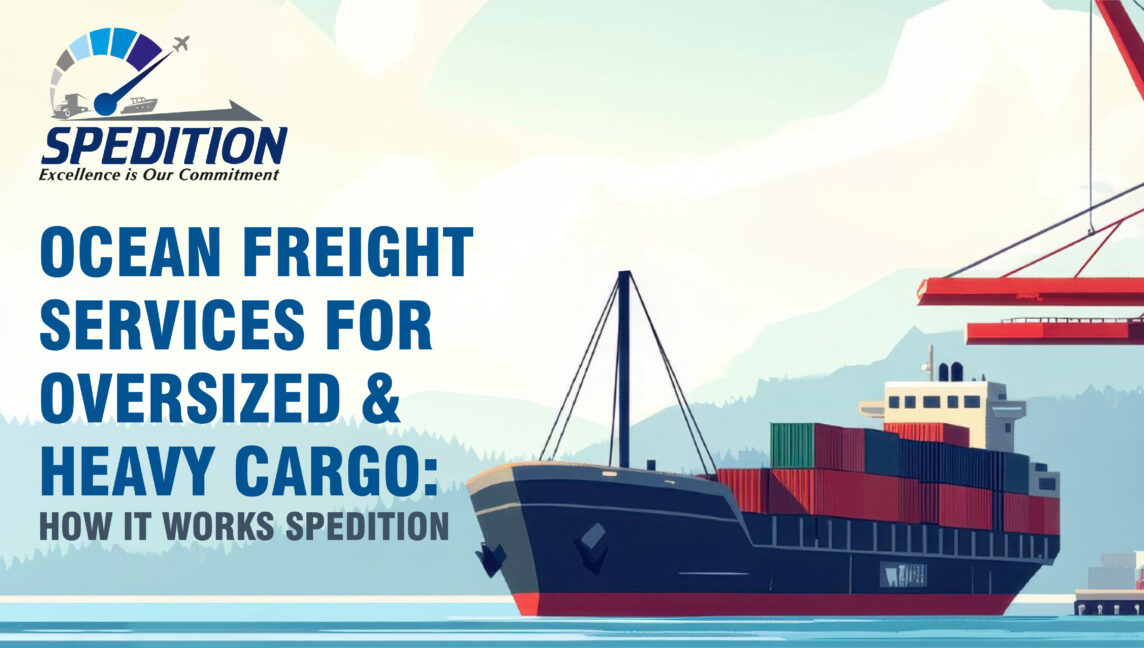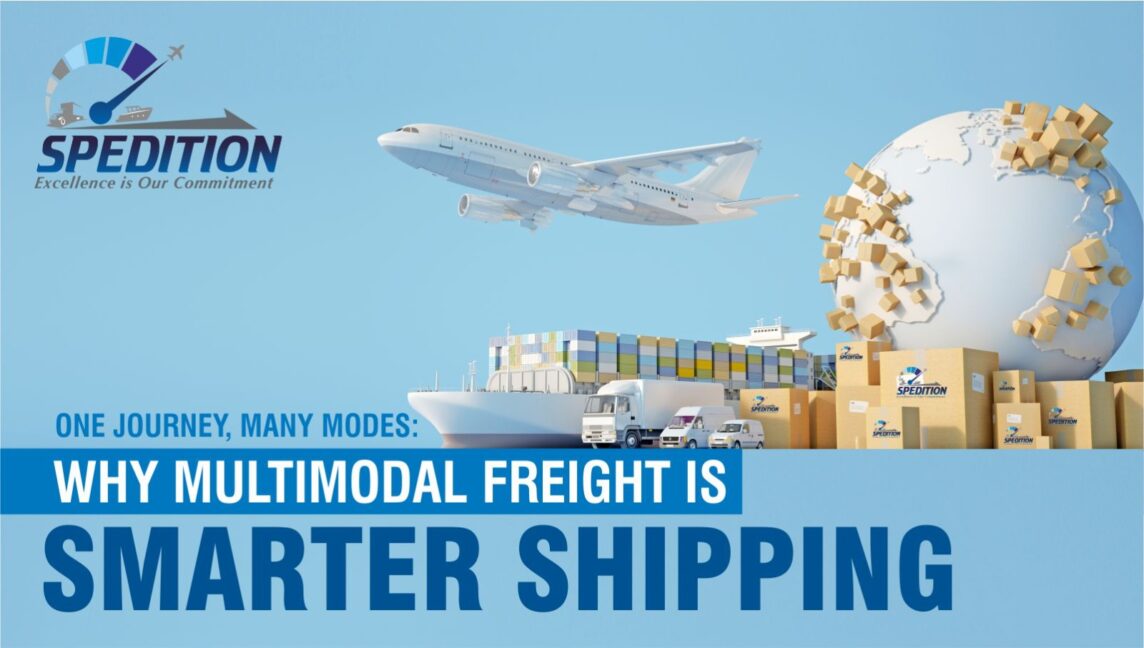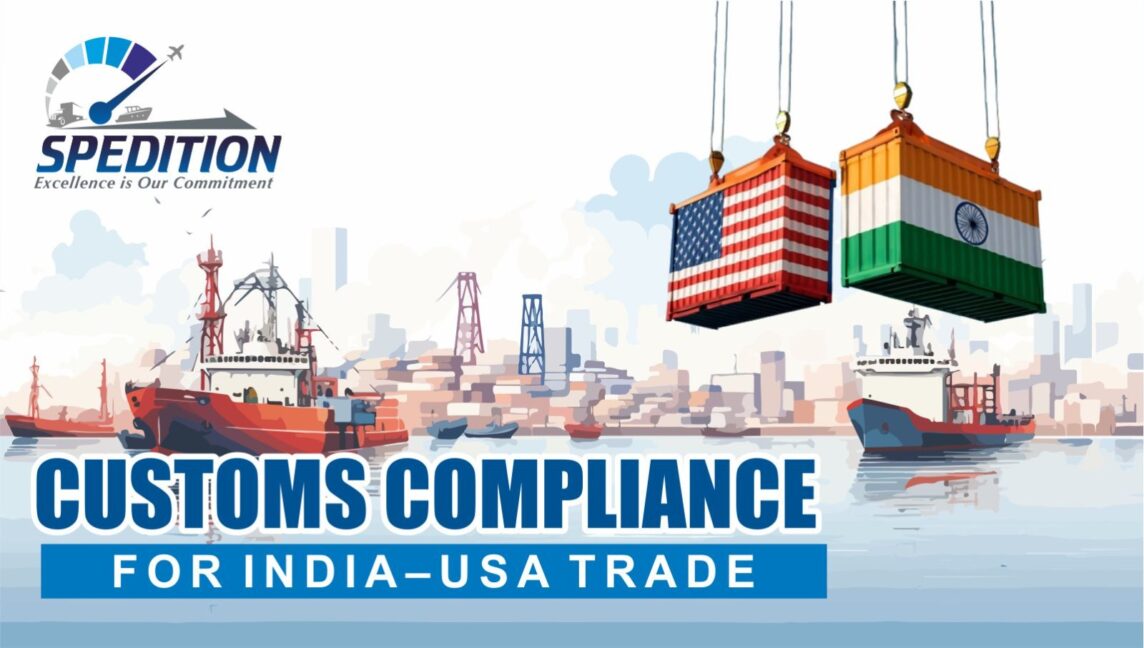Proven Winter Logistics Tips to Keep Your Supply Chain Running Smoothly
Introduction – When Cold Weather Tests Supply Chain Strength
Winter is pretty, but for logistics companies like Spedition India, it’s a season of obstacles. From icy roads to heavy snow and delayed deliveries, the cold months show how strong — or fragile — your supply chain can be. If you rely on fast deliveries and efficient operations to do business, winter logistics can make or break your brand.
This guide shares proven winter logistics tips and how spedition India helps you maintain operational efficiency, ensure safety, and keep your supply chain moving — even when the weather has other plans.
Understanding the Winter Logistics Challenge
Weather-Related Disruptions
Snowstorms, when they arrive, can close entire transport routes. Icy roads make driving hazardous, and thick fog impairs visibility for both air and road freight. These are the factors that will result in unsteady and uncertain holds which apply torque to the globalized supply chain. This is where Spedition India steps in and aids clients with timely delivery.
Transportation Bottlenecks and Delays
Winter brings chronic rail and port congestion. Ships can be held up because of frozen ports, and trucks face ice-choked highways. This slows the movement of goods and frequently results in inventory stockouts.
Increased Operational Costs
More fuel, more heating, and more maintenance — winter operations are costly. Businesses spend extra on de-icing, tire replacements, and storage heating, impacting overall profit margins.
The Importance of Winter-Proofing Your Supply Chain
The best way to winter-proof your logistics isn’t merely by simply avoiding disruptions; it’s a matter of anticipating ways to stay ahead. A robust supply chain system reduces risk and customer dissatisfaction, while keeping business expenses in check even through the most extreme weather.
Fleet Maintenance – Keeping Vehicles Ready for the winter logistics
Regular Inspections and Maintenance Checks
Cold weather affects fuel efficiency, tire pressure, and battery performance. Scheduling routine checks for tires, brakes, and heating systems keeps your vehicles winter-ready.
Essential Winter Logistics Equipment for Fleets
For each vehicle, provide snow chains, antifreeze and deicer in addition to a toolbox for emergencies. Its the small additions that make a big difference when your fleet encounters erratic winter roads.
Driver Safety and Training
Preparing Drivers for Harsh Conditions
Drivers are the engine that drives logistics. Teach them to drive in a defensive manner when there is snow or ice. Encourage the taking of rest stops, wearing of reflective clothing and checking the weather before each route.
Emergency Readiness and Communication Tools
Ensure every driver has access to real-time communication devices and GPS tracking. In case of breakdowns or road closures, dispatchers can quickly reroute or provide support.
Optimize Warehouse and Cold Storage Efficiency
Temperature and Humidity Control
Warehouse insulation in winter is extremely important. You know, if you use smart thermostats or temperature sensors or automated climate systems and don’t spoil your temperature-sensitive goods.
Worker Safety Inside Warehouses
Cool floors could also be slippery and dangerous. Offer anti-slip mats and proper lighting and heating areas where construction workers in the warehouse may slip or trip.
Using Technology for Real-Time Logistics Management
GPS Tracking and Predictive Analytics
Technology allows companies to predict and prevent problems before they occur. GPS systems and AI-based weather analytics help optimize routes and delivery schedules.
IoT Devices and Automation in Cold Chain Logistics
IoT-connected devices track the temperature and humidity of products while in transit, ensuring some level of cold chain requirements are achieved — particularly for medications and perishable food items.
Strengthening Communication and Collaboration
Supplier and Customer Coordination
In addition, strong relationships with both suppliers and customers enable greater coordination during a disruption. This allows all to prepare for potential delays by forecasting jointly.
Transparent Communication During Delays
But if delay is unavoidable, transparency is critical. First Alert: Notify your customers immediately and give updated delivery dates to continue to establish trust and reliability.
Building Supply Chain Resilience Before Winter Hits
Inventory Buffer and Backup Routes
Before winter arrives, stock up on essential goods and map out alternative routes for major delivery corridors. A small buffer can save your operations from long delays.
Strategic Partnerships with Reliable Carriers
Only work with logistics partners like Spedition India that have experience in winter logistics. Proficient carriers are best prepared to get through extreme weather without problems.
Sustainable Winter Logistics Practices in Winter
Cold weather often leads to higher fuel consumption, but sustainable logistics can change that. Use electric or hybrid fleets, optimize routes for minimal idling, and choose eco-friendly packaging materials. These practices save energy and reduce carbon emissions even in tough seasons.
Common Mistakes to Avoid in Winter Logistics
- Ignoring early maintenance schedules.
- Failing to plan for alternative delivery routes.
- Poor communication with customers during delays.
- Neglecting driver safety training.
- Overlooking warehouse insulation and temperature control.
Avoiding these common pitfalls ensures smoother operations and fewer surprises during peak winter months.
Conclusion – Stay Prepared, Stay Reliable
Winter logistics can cut down your speed, but with the right logistics partner in way of logistics like Spedition India, one can use obstacles as an advantage. So when you put your money into fleet maintenance, driver safety and technology, you invest in keeping on-the-road time constant and customers happy.
Remember — a resilient supply chain isn’t built overnight, but with the right strategies, it can withstand any storm.
FAQs
- Why is winter logistics challenging for supply chains?
Because of unpredictable weather, icy roads, and temperature-sensitive goods that require special handling. Hold hands with Spedition India and prepare to confront the challenges in a very relaxed manner. - How can I keep my fleet running efficiently during winter?
Regular maintenance, winter tires, antifreeze, and route optimization are key to preventing downtime. - What role does technology play in winter logistics?
Technology is used in tracking vehicles and predicting weather disruptions, monitoring product safety and even being aware of what a company is paying. - How do companies maintain warehouse safety in winter?
By insulating better, keeping humidity under control and with the right anti-slip flooring to avoid accidents. - What’s the best way to communicate with clients during winter delays?
Be transparent — real-time updates, updated schedules and proactive notifications build trust.
🔹 Ready to strengthen your winter logistics strategy?
Partner with Spedition India, your trusted logistics expert — ensuring smooth operations no matter how cold it gets.
📞 Contact us today and keep your supply chain moving seamlessly this winter!
